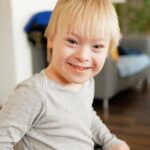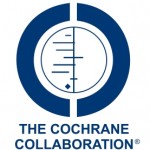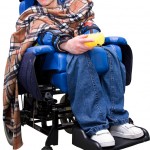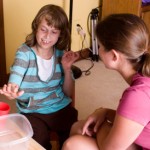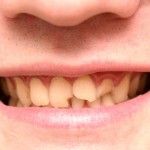
This review of the prevalence of orofacial injuries in patients with cerebral palsy (CP) included 12 studies. Ten studies were included in a meta-analysis which estimates the assess the prevalence of orofacial injuries in patients with CP at 34% (95%CI; 18 – 25%).
[read the full story...]